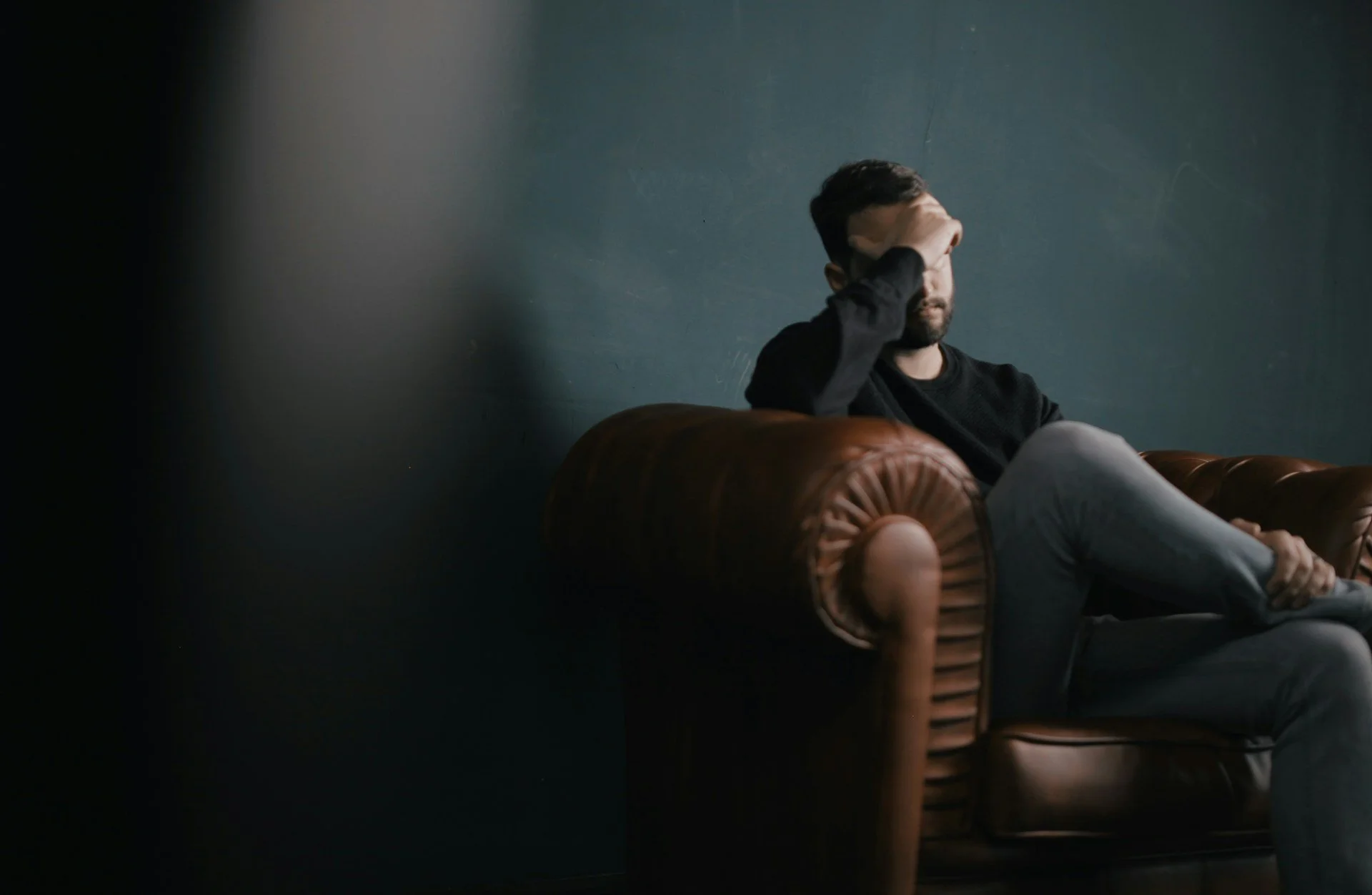Navigating Relationships and Attachment — How Therapy Helps LGBTQ+ Individuals Build Healthy Connections
Our ability to form and maintain relationships is deeply influenced by our early life experiences, often shaped by attachment styles. These attachment patterns — secure, anxious, avoidant, or disorganized — develop in childhood and continue to impact how we connect with others in adulthood. For LGBTQ+ individuals, relationships may come with additional complexities, such as societal stigma, internalized shame, or past experiences of rejection. Therapy offers a supportive space to explore these dynamics and build healthier, more fulfilling connections.
Photo by Ketut Subiyanto
The Role of Attachment in LGBTQ+ Relationships
Attachment theory explains how we emotionally bond with others, influencing our expectations, behaviors, and emotional responses in relationships. Here’s a breakdown of how different attachment styles may manifest in LGBTQ+ individuals:
Secure Attachment – Individuals with secure attachment feel confident in relationships, communicate their needs effectively, and trust their partners. They can navigate conflict in a healthy way and provide emotional support without fear of abandonment.
Anxious Attachment – Those with an anxious attachment style may fear abandonment and seek constant reassurance in relationships. They may struggle with self-worth and often feel unworthy of love, making romantic connections feel overwhelming.
Avoidant Attachment – Avoidantly attached individuals may struggle with intimacy, often distancing themselves emotionally from partners. They might have difficulty expressing vulnerability and prefer independence over deep emotional connections.
Disorganized Attachment – This attachment style combines elements of both anxious and avoidant attachment, often leading to unpredictable relationship patterns. It may stem from past trauma or inconsistent caregiving in childhood.
For LGBTQ+ individuals, these attachment patterns can be intensified by external pressures, such as family rejection, discrimination, or the experience of coming out. Therapy provides tools to understand and reshape these patterns for healthier, more satisfying relationships.
Photo by Ketut Subiyanto
Challenges LGBTQ+ Individuals May Face in Relationships
LGBTQ+ individuals often navigate unique challenges in forming and maintaining relationships, including:
Fear of Rejection – Growing up in environments where LGBTQ+ identities were not affirmed can lead to deep-seated fears of rejection in relationships.
Internalized Shame – Negative societal messaging can contribute to internalized homophobia or transphobia, impacting self-worth and how one perceives love and intimacy.
Navigating Dating and Relationship Expectations – Cultural and societal norms may not always align with LGBTQ+ relationships, making it difficult to establish clear expectations.
Healing from Past Trauma – Experiences of bullying, discrimination, or even previous toxic relationships can affect how LGBTQ+ individuals approach intimacy and trust.
How Therapy Supports LGBTQ+ Individuals in Building Healthy Relationships
Therapy provides a nonjudgmental, affirming space for LGBTQ+ individuals to work through these challenges and develop stronger relationship skills. Here’s how therapy can help:
1. Understanding Your Attachment Style
A therapist can help individuals identify their attachment style and recognize how it affects their romantic and platonic relationships. By understanding past relationship patterns, clients can work toward creating more secure, fulfilling connections.
2. Developing Healthy Communication Skills
Therapy teaches effective communication strategies, such as assertiveness, boundary-setting, and conflict resolution. Learning to express needs openly and honestly strengthens relationship dynamics and reduces misunderstandings.
3. Processing and Healing from Past Trauma
For LGBTQ+ individuals who have experienced rejection, discrimination, or unhealthy relationships, therapy can provide tools for healing. Trauma-informed therapy helps process these experiences, reducing their negative impact on future relationships.
4. Overcoming Fear of Intimacy and Vulnerability
Many LGBTQ+ individuals struggle with being emotionally vulnerable due to past rejection or fear of judgment. Therapy creates a safe space to practice vulnerability, helping individuals feel more comfortable in close relationships.
5. Building Self-Worth and Confidence
Healthy relationships start with self-acceptance. Therapy helps LGBTQ+ individuals build self-esteem, challenge negative beliefs about themselves, and develop a stronger sense of self-worth.
Photo by Nik Shuliahin on Unsplash
Finding the Right Therapist
For LGBTQ+ individuals seeking therapy, finding a therapist who understands LGBTQ+ issues is essential. Working with a gay therapist or an LGBTQ+ affirming mental health professional ensures that therapy is a safe, supportive, and validating experience.
In a fast-paced city like New York City, where professional and personal pressures can feel overwhelming, having a space to explore emotional needs and relationship challenges can be transformative.
Key Takeaways
Attachment styles influence how LGBTQ+ individuals form and maintain relationships. Therapy helps recognize and reshape these patterns for healthier connections.
Common relationship challenges include fear of rejection, internalized shame, and past trauma. Therapy provides tools to navigate these issues and foster emotional well-being.
Therapy supports LGBTQ+ individuals by improving communication, building self-worth, and healing past wounds.
Finding an LGBTQ+ affirming therapist or a gay therapist in NYC can provide essential guidance and support.
Ready to Build Healthier Connections?
If you’re looking to strengthen your relationships and develop a more secure attachment style, therapy can provide the support and tools you need. I offer individual therapy in NYC to help LGBTQ+ individuals navigate relationships, heal from past experiences, and build fulfilling connections. Book a free consultation today to explore how therapy can support your personal growth and emotional well-being.



